Next-generation sequencing (NGS) technologies have revolutionized the field of genomics, enabling rapid and cost-effective whole-genome sequencing (WGS). This article examines the development of NGS technologies for WGS, recent advancements, and potential future innovations that promise to further enhance our ability to decode and interpret the human genome.
The Next-Generation Sequencing Revolution
The introduction of NGS in the mid-2000s marked a significant departure from traditional Sanger sequencing methods. NGS technologies facilitated massive parallelization of sequencing reactions, dramatically increasing throughput and reducing costs. This breakthrough made WGS more accessible and enabled large-scale genomics projects.
Short-Read Sequencing Dominance
Illumina’s sequencing-by-synthesis technology quickly became the leading platform for WGS due to its high accuracy and relatively low cost. Their approach involves fragmenting DNA into short sequences (typically 100-300 base pairs), amplifying these fragments, and sequencing them in parallel. The short reads are then computationally assembled to reconstruct the full genome.
Illumina has consistently improved its technology, with platforms like the NovaSeq 6000 capable of sequencing multiple human genomes in a single run. The company’s latest advancements, such as the NovaSeq X series, promise even higher throughput and lower costs, potentially bringing the “$100 genome” within reach.
The Rise of Long-Read Sequencing
While short-read sequencing has been highly successful, it has limitations in resolving complex genomic regions, structural variations, and repetitive sequences. This led to the development of long-read sequencing technologies, which can sequence DNA fragments of several kilobases to megabases in length.
Pacific Biosciences (PacBio) introduced single-molecule real-time (SMRT) sequencing, which can produce reads of tens of thousands of base pairs. Their latest platform, the Revio system, offers significantly improved throughput and reduced costs, making long-read WGS more accessible.
Oxford Nanopore Technologies developed nanopore sequencing, with its portable MinION device and larger PromethION platform capable of generating ultra-long reads (up to megabases in length). This technology offers unique advantages in detecting structural variations and assembling complex genomic regions.
Recent Advancements in Long-Read Technologies
Long-read sequencing technologies have seen significant improvements in recent years:
- Accuracy: Both PacBio and Oxford Nanopore have made strides in improving base-calling accuracy. PacBio’s HiFi sequencing achieves accuracy rivaling short-read methods.
- Throughput: Newer instruments like PacBio’s Revio and Oxford Nanopore’s PromethION offer much higher throughput, making long-read WGS more practical and cost-effective.
- Read Length: Oxford Nanopore has demonstrated the ability to sequence ultra-long reads exceeding two megabases, allowing for improved resolution of complex genomic regions.
- Applications: Long-read sequencing has found particular utility in de novo genome assembly, detection of structural variations, and resolving repetitive regions.
Hybrid Approaches
Researchers have developed hybrid approaches that combine data from multiple platforms, leveraging the complementary strengths of short-read and long-read technologies. These methods combine the high accuracy and low cost of short reads with the improved resolution of long reads, resulting in more complete and accurate genome assemblies.
Current Challenges in WGS
Despite significant advancements, several challenges remain in whole-genome sequencing:
- Data Analysis: The volume of data generated by WGS poses computational challenges in storage, processing, and interpretation.
- Genomic Dark Matter: Some regions of the genome, such as highly repetitive sequences, remain difficult to sequence and assemble accurately.
- Cost: While sequencing costs have dropped dramatically, WGS is still expensive for routine clinical use in many settings.
- Ethical Considerations: As WGS becomes more accessible, ethical issues surrounding genetic privacy, incidental findings, and potential discrimination need to be addressed.
Future Technologies for WGS
Several emerging technologies hold promise for the future of whole-genome sequencing:
- Enhanced Long-Read Methods: Further improvements in accuracy, read length, and throughput of existing long-read technologies are expected.
- Quantum Sequencing: Theoretical approaches using quantum mechanics may offer ultra-fast, high-throughput sequencing capabilities in the future.
- Portable Sequencing: Further miniaturization of sequencing devices could make WGS possible in field conditions or point-of-care settings.
- Multiomics Integration: Future WGS technologies may integrate with other ‘omics’ approaches, providing simultaneous information on the genome, transcriptome, epigenome, and proteome from the same sample.
Implications for Genomics and Healthcare
The continued advancement of WGS technologies promises far-reaching implications for precision medicine, population genomics, pathogen surveillance, and biodiversity studies.
Whole-genome sequencing has seen remarkable progress since the introduction of next-generation sequencing technologies. As these technologies become more accurate, affordable, and accessible, they hold the potential to transform our understanding of genetics and revolutionize healthcare and biological research. However, realizing this potential will require addressing ongoing challenges in data analysis, ethics, and implementation.
Sources:
- Goodwin, S., McPherson, J. D., & McCombie, W. R. (2016). Coming of age: ten years of next-generation sequencing technologies. Nature Reviews Genetics, 17(6), 333-351.
- Logsdon, G. A., Vollger, M. R., & Eichler, E. E. (2020). Long-read human genome sequencing and its applications. Nature Reviews Genetics, 21(10), 597-614.
- Amarasinghe, S. L., Su, S., Dong, X., Zappia, L., Ritchie, M. E., & Gouil, Q. (2020). Opportunities and challenges in long-read sequencing data analysis. Genome Biology, 21(1), 30.
- Shendure, J., Balasubramanian, S., Church, G. M., Gilbert, W., Rogers, J., Schloss, J. A., & Waterston, R. H. (2017). DNA sequencing at 40: past, present and future. Nature, 550(7676), 345-353.
- Mantere, T., Kersten, S., & Hoischen, A. (2019). Long-read sequencing emerging in medical genetics. Frontiers in Genetics, 10, 426.


